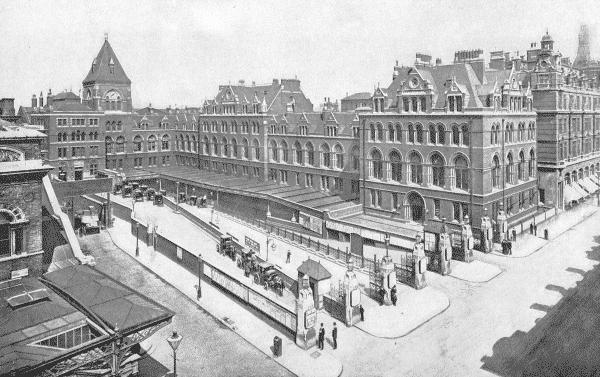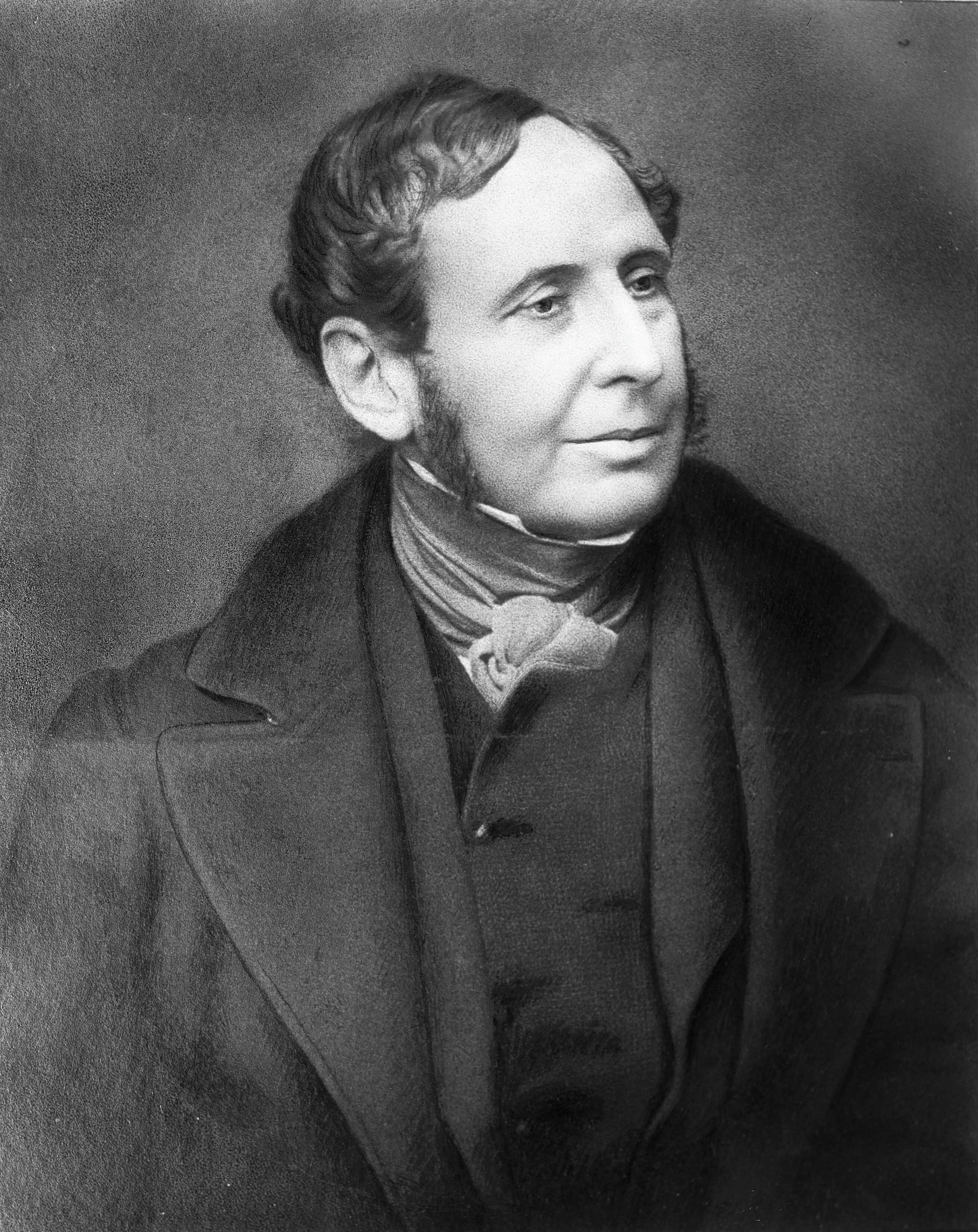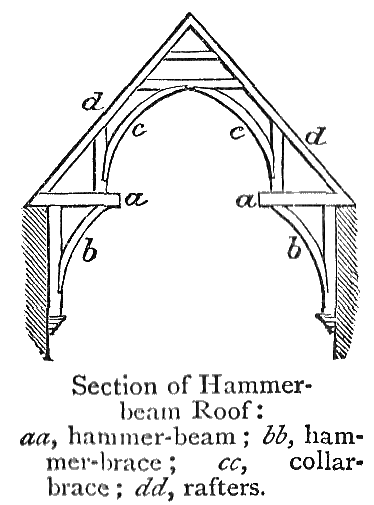|
Needham Market
Needham Market is a small town in the Mid Suffolk district of Suffolk, England, set in the Gipping Valley. Nearby villages include Barking, Suffolk, Barking, Darmsden, Badley and Creeting St Mary. The town is located just east of the A14 road (England), A14 trunk road, between Ipswich to the south and Stowmarket to the north; it is also sited on the Great Eastern Main Line, with the Needham Lake and the River Gipping being just east of the railway station. As of the 2021 United Kingdom census, the town had a population of 4,700 residents. The town of Needham, Massachusetts, was named after Needham Market. History The town grew initially around the wool combing industry, until the onset of the Bubonic plague, which swept the town from 1663 to 1665. To prevent the spread of the disease, the town was chained at either end, which succeeded in its task but at the cost of two-thirds of the populace. The town did not recover for nearly two hundred years, with the canalisation of the ... [...More Info...] [...Related Items...] OR: [Wikipedia] [Google] [Baidu] |
Office For National Statistics
The Office for National Statistics (ONS; ) is the executive office of the UK Statistics Authority, a non-ministerial department which reports directly to the Parliament of the United Kingdom, UK Parliament. Overview The ONS is responsible for the collection and publication of statistics related to the economy, population and society of the United Kingdom; responsibility for some areas of statistics in Scotland, Northern Ireland and Wales is devolved to the Devolution in the United Kingdom, devolved governments for those areas. The ONS functions as the executive office of the National Statistician, who is also the UK Statistics Authority's Chief Executive and principal statistical adviser to the UK's National Statistics Institute, and the 'Head Office' of the Government Statistical Service (GSS). Its main office is in Newport near the United Kingdom Intellectual Property Office and Tredegar House, but another significant office is in Titchfield in Hampshire, and a small office ... [...More Info...] [...Related Items...] OR: [Wikipedia] [Google] [Baidu] |
Bubonic Plague
Bubonic plague is one of three types of Plague (disease), plague caused by the Bacteria, bacterium ''Yersinia pestis''. One to seven days after exposure to the bacteria, flu-like symptoms develop. These symptoms include fever, headaches, and vomiting, as well as Lymphadenopathy, swollen and painful lymph nodes occurring in the area closest to where the bacteria entered the skin. Acral necrosis, the dark discoloration of skin, is another symptom. Occasionally, swollen lymph nodes, known as "buboes", may break open. The three types of plague are the result of the route of infection: bubonic plague, septicemic plague, and pneumonic plague. Bubonic plague is mainly spread by infected fleas from small animals. It may also result from exposure to the body fluids from a dead plague-infected animal. Mammals such as rabbits, hares, and some cat species are susceptible to bubonic plague, and typically die upon contraction. In the bubonic form of plague, the bacteria enter through the ... [...More Info...] [...Related Items...] OR: [Wikipedia] [Google] [Baidu] |
Liverpool Street Station
Liverpool Street station, also known as London Liverpool Street, is a major central London railway terminus and connected London Underground station in the north-eastern corner of the City of London, in the ward of Bishopsgate Without. It is the terminus of the West Anglia Main Line to Cambridge and Ely; the Great Eastern Main Line to Norwich; commuter trains serving east London and destinations in the East of England, including the Weaver line of the London Overground; and the Stansted Express service to Stansted Airport. The station opened in 1874, as a replacement for Bishopsgate station as the Great Eastern Railway's main London terminus. By 1895, it had the most platforms of any London terminal station. During the First World War, an air raid on the station killed 16 on site, and 146 others in nearby areas. In the build-up to the Second World War, the station served as the entry point for thousands of child refugees arriving in London as part of the '' Kindertran ... [...More Info...] [...Related Items...] OR: [Wikipedia] [Google] [Baidu] |
Needham Market Railway Station
Needham Market railway station is on the Great Eastern Main Line (GEML) in the East of England, serving the town of Needham Market, Suffolk. It is down the line from London Liverpool Street and is situated between to the south and to the north. Its three-letter station code is NMT. The station is currently operated by Greater Anglia, which also runs all passenger trains serving the station. It is served by one train per hour between Ipswich and . It is the only station on the GEML with no direct services to London, with passengers instead having to change at Ipswich. The station appears in ''Britain's 100 Best Railway Stations'' by Simon Jenkins. History The station was originally opened as Needham by the Ipswich & Bury Railway in 1846. The main building, described as "one of the best in East Anglia" by Biddle, was designed in a grand Jacobean style with decorative brickwork by Frederick Barnes and was completed by the contractor, Daniel Revitt, in 1849. It was later slight ... [...More Info...] [...Related Items...] OR: [Wikipedia] [Google] [Baidu] |
Koninklijk Nederlands Meteorologisch Instituut
The Royal Netherlands Meteorological Institute (, ; KNMI) is the Dutch national weather forecasting service, which has its headquarters in De Bilt, in the province of Utrecht, central Netherlands. The primary tasks of KNMI are weather forecasting, monitoring of climate changes and monitoring seismic activity. KNMI is also the national research and information centre for climate, climate change and seismology. History KNMI was established by royal decree of King William III on 31 January 1854 under the title "Royal Meteorological Observatory". Professor C. H. D. Buys Ballot was appointed as the first Director. The year before Professor Ballot had moved the Utrecht University Observatory to the decommissioned fort at Sonnenborgh. It was only later, in 1897, that the headquarters of the KNMI moved to the Koelenberg estate in De Bilt. The "Royal Meteorological Observatory" originally had two divisions, the land branch under Dr. Frederik Wilhelm Christiaan Krecke and the marine b ... [...More Info...] [...Related Items...] OR: [Wikipedia] [Google] [Baidu] |
Met Office
The Met Office, until November 2000 officially the Meteorological Office, is the United Kingdom's national weather and climate service. It is an executive agency and trading fund of the Department for Science, Innovation and Technology and is led by CEO Penelope Endersby, who took on the role as Chief Executive in December 2018 and is the first woman to do so. The Met Office makes meteorological predictions across all timescales from weather forecasts to climate change. Although an executive agency of the UK Government, the Met Office supports the Scottish Government, Welsh Government and Northern Ireland Executive in their functions and preparations ahead of intense weather and planning for extreme weather alerts. Met Office policies can be used by each government to inform their planning and decision making processes. The Met Office has an office located in the Scottish capital, Edinburgh, and a forecasting centre in Aberdeen in the north–east of Scotland, which are s ... [...More Info...] [...Related Items...] OR: [Wikipedia] [Google] [Baidu] |
Oceanic Climate
An oceanic climate, also known as a marine climate or maritime climate, is the temperate climate sub-type in Köppen climate classification, Köppen classification represented as ''Cfb'', typical of west coasts in higher middle latitudes of continents, generally featuring cool to warm summers and cool to mild winters (for their latitude), with a relatively narrow annual temperature range and few extremes of temperature. Oceanic climates can be found in both hemispheres generally between 40 and 60 degrees latitude, with subpolar versions extending to 70 degrees latitude in some coastal areas. Other varieties of climates usually classified together with these include subtropical highland climates, represented as ''Cwb'' or ''Cfb'', and subpolar oceanic or cold subtropical highland climates, represented as ''Cfc'' or ''Cwc''. Subtropical highland climates occur in some mountainous parts of the subtropics or tropics, some of which have monsoon influence, while their cold variants an ... [...More Info...] [...Related Items...] OR: [Wikipedia] [Google] [Baidu] |
Frederick Barnes (architect)
Frederick Barnes (1814–1898) was a British architect who is best remembered for his work on railway stations in East Anglia. Early life Frederick (sometimes Frederic) Barnes was born in the London Borough of Hackney in 1814, although the exact date is uncertain. Barnes attended Christ's Hospital which was located at Hertford at the time and his father was a teacher at the school. After leaving school he worked in London and was articled to a prominent London architect Sydney Smirke. After that Barnes worked in Liverpool for several years. Career Barnes moved to Ipswich in 1843 to assist his friend, locally-based architect John Medland Clark (1813–1849) on the construction of new Custom House building located in the Ipswich Docks. Medland Clark had won a competition for the design of the building which today is the finest building on Ipswich Waterfront. During the 1840s Barnes was working with two of the nascent East Anglian Railways – the Eastern Union Railway and the Ips ... [...More Info...] [...Related Items...] OR: [Wikipedia] [Google] [Baidu] |
Old Town Hall, Needham Market
The Old Town Hall is a municipal building in the High Street in Needham Market, Suffolk, England. The building, which now accommodates an antiques centre and other shops, is a Grade II listed building. History The building was commissioned by a group of businessmen, led by Admiral Sir George Broke-Middleton of Shrubland Hall, who set up a private company to finance and commission a municipal building for the benefit of the town. The site they selected, which was in the High Street, was occupied by a cottage which had been the birthplace of the artist, Samuel Read. The building was designed by Frederick Barnes in the Italianate style, built by a local contractor, H. Godfrey, in red and buff bricks at a cost of £1,300 and was completed in late 1866. The design involved a symmetrical main frontage with three bays facing onto the High Street. The central bay, which slightly projected forward at ground floor level, featured a round headed entrance with imposts supporting an arch ... [...More Info...] [...Related Items...] OR: [Wikipedia] [Google] [Baidu] |
Medieval
In the history of Europe, the Middle Ages or medieval period lasted approximately from the 5th to the late 15th centuries, similarly to the post-classical period of World history (field), global history. It began with the fall of the Western Roman Empire and transitioned into the Renaissance and the Age of Discovery. The Middle Ages is the middle period of the three traditional divisions of Western history: classical antiquity, the medieval period, and the modern period. The medieval period is itself subdivided into the Early Middle Ages, Early, High Middle Ages, High, and Late Middle Ages. Population decline, counterurbanisation, the collapse of centralised authority, invasions, and mass migrations of tribes, which had begun in late antiquity, continued into the Early Middle Ages. The large-scale movements of the Migration Period, including various Germanic peoples, formed new kingdoms in what remained of the Western Roman Empire. In the 7th century, North Africa and the ... [...More Info...] [...Related Items...] OR: [Wikipedia] [Google] [Baidu] |
Hammerbeam Roof
A hammerbeam roof is a decorative, open timber roof truss typical of English Gothic architecture and has been called "the most spectacular endeavour of the English Medieval carpenter". They are traditionally timber framed, using short beams projecting from the wall on which the rafters land, essentially a tie beam which has the middle cut out. These short beams are called hammer-beams and give this truss its name. A hammerbeam roof can have a single, double or false hammerbeam truss. Design A hammer-beam is a form of timber roof truss, allowing a hammerbeam roof to span greater than the length of any individual piece of timber. In place of a normal tie beam spanning the entire width of the roof, short beams – the hammer beams – are supported by curved braces from the wall, and hammer posts or arch-braces are built on top to support the rafters and typically a collar beam. The hammerbeam truss exerts considerable thrust on the walls or posts that support it. Hamme ... [...More Info...] [...Related Items...] OR: [Wikipedia] [Google] [Baidu] |





